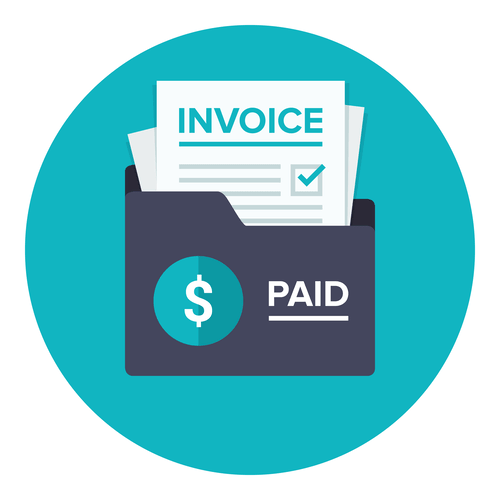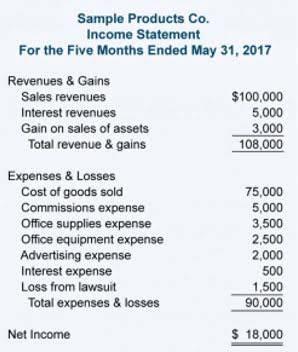Также следует учитывать все скрытые комиссии, страховки и другие обязательны платежи. Торговля акциями на бирже Под переплатой по кредиту понимается сумма, которую заемщик выплачивает банку сверх основного долга. Она рассчитывается простым суммированием процентов и комиссий по займу. Под кредитной нагрузкой понимается показатель, предоставляющий собой отношение расходов на обслуживание кредита к общему размеру доходов.
Вторая часть формулы – это произведение ста процентов на число дней в году. Для того чтобы максимально разобраться со всеми формулами, предлагаем ознакомиться с подробным видео о расчете кредитов в «Эксель».
Что важно знать о кредитном калькуляторе
Все, что нужно для этого – указать подходящий тип платежей в нижней части формы для заполнения. Аннуитетный платеж по кредиту означает погашение задолженности одинаковыми платежами в течение всего срока действия договора с банком. Именно такая схема в сегодняшних условиях используется наиболее часто. Меняя сумму и срок кредита в калькуляторе, можно подобрать кредит с подходящими вам условиями.
Формула расчета кредита аннуитетными платежами
Именно поэтому кредитный калькулятор онлайн пользуется спросом среди пользователей Сравни.ру. Заниматься самостоятельными расчетами величины дифференцированного платежа не имеет смысла. Дело в том, что это требует значительных трудозатрат, так как придется производить отдельные вычисления для каждого месяца. Кроме того, подобная схема выплат достаточно редко используется на практике.
Аннуитетный или дифференцированный: наименьшие выплаты процентов по кредиту
- Первая предусматривает аннуитетные, а вторая – дифференцированные платежи.
- Далее нужно рассчитать размер аннуитетного ежемесячного платежа (по формуле 1).
- Поэтому вместе с уменьшением задолженности уменьшается и сумма начисляемых процентов.
- Годовой процент переплаты показывает, сколько в среднем вы заплатите за каждый год использования кредита, не считая возврата самого долга.
Деньги можно внести заранее — банк спишет их только в дату регулярного платежа. Буквально в течение нескольких секунд любой желающий может рассчитать на кредитном калькуляторе онлайн примерные параметры доступного кредита. Заемщик вносит одну и ту же сумму в одно и то же число каждого месяца. График погашения кредита можно скачать в электронной форме в приложении банка и личном кабинете на tbank.ru или распечатать для удобства. Распечатайте на принтере, сохраните или отправьте по электронной почте график платежей. Это позволит сравнить полученный график с графиком представленным банком.
Как рассчитать проценты по кредиту дифференцированным графиком
Ключевым параметром для сравнения различных кредитов выступает величина выплаченных процентов или, как часто называют этот показатель, сумма переплаты. Именно она, наряду с эффективной процентной ставкой, демонстрирует реальную выгодность того или иного банковского продукта для клиента. Ниже приводятся примеры расчетов разных кредитов, отсортированные по данному параметру. Для того чтобы выбрать идеальный вариант кредитования, следует осуществить просчет каждого из возможных вариантов платежей. Только на основании детального анализа можно понять какой из видов начисления процентов наиболее выгодный.
Обычный срок рассмотрения заявки — 15 минут, в редких случаях банк изучает заявление в течение суток. Когда решение примут, вам придет СМС и письмо на электронную почту с одобренными условиями. Вы можете тратить деньги на любые личные цели, даже чтобы закрыть другие кредиты и платить меньше процентов. Главное обязательство — платить свинг это без просрочек, чтобы не получить штраф.
Как рассчитать переплату по кредиту?
Фактически проценты начинают начисляться только на следующий день после поступления кредитных денег на ваш счет. История собирается по кусочкам из нескольких банков, поэтому где-то может закрасться ошибка. Об ошибках в истории погашений стоит заявить в бюро кредитных историй. Там будет просьба разрешить банку доступ к данным вашего счета в Фонде пенсионного и социального страхования Российской Федерации. Если вы согласитесь, мы получим сведения о вашем доходе в виде выписки из пенсионного фонда, а доступ к другой информации останется закрытым. Процентная ставка рассчитывается индивидуально в пределах указанного в тарифе диапазона и зависит от вашей кредитной истории и данных, которые указаны в заявке.
Если речь идет о ежемесячном платеже, она предварительно делится на 12. Тело выданного кредита, то есть размер займа, равномерно делится на весь срок, а проценты ежемесячно начисляются на остаточный объем денег. Логично, что самые большие выплаты будут сразу после , но каждый месяц они будут уменьшаться. Из-за этой особенности ежемесячного платежа по кредиту суммы в графике отражаются неравными значениями. В том числе – не только рассчитать платеж по кредиту, но и сумму переплаты. Последняя представляет собой сумму начисленных процентов, которую банк получает сверх основного тела кредита.
Но если Вы хотите сэкономить собственное время, рациональнее использовать кредитный калькулятор в режиме онлайн. Программой всё рассчитывается по идентичной формуле, при этом итоговое значение окажется более точным. Для начала стоит понимать, что количество средств, которое Вы будете переплачивать банку (процент) зависит от скорости погашения кредита. То есть, чем больше ежемесячный платёж, тем меньше процентная надбавка.
Ждать в отделении банка не придется — можете встретиться в удобном вам месте. Если у вас уже есть наша карта, отправим сумму переводом, если нет — откроем дебетовую карту. В экономическом понимании процент представляет собой доход, получаемый кредитором с суммы, предоставленной им заемщиком. Процент образуется из прибавочной стоимости, возникающей в ходе использования капитала. На размер процентов влияет несколько основных факторов, к которым относятся налоги, предполагаемые темпы инфляционного процесса, колебания курса валют и риски лучшие брокеры для торговли акциями по кредиту.
В результате даже при досрочном возврате кредита финансовая организация зарабатывает хорошую прибыль. Когда выполняется расчет процентов по кредиту, данный нюанс необходимо обязательно учитывать. Кредитный калькулятор – это самый простой и удобный сервис для расчета условий кредитования. С его помощью любой желающий может определить и размер ежемесячной выплаты, и сумму начисленных процентов, и срок кредита, и его максимальную сумму.
Однако, согласно закону от 2014 года, банк обязуется указывать эту сумму на первой странице кредитного договора и на обязательном графике платежей. Причем размер этой записи должен быть максимально большим, дабы избежать дальнейших недоразумений. Дифференцированный вариант предполагает погашение кредитной задолженности разными по размеру платежами. В этом случае выплата рассчитывается по достаточно простой схеме, которая подразумевается перемножение текущего долга на процентную ставку, зафиксированную договором.
















